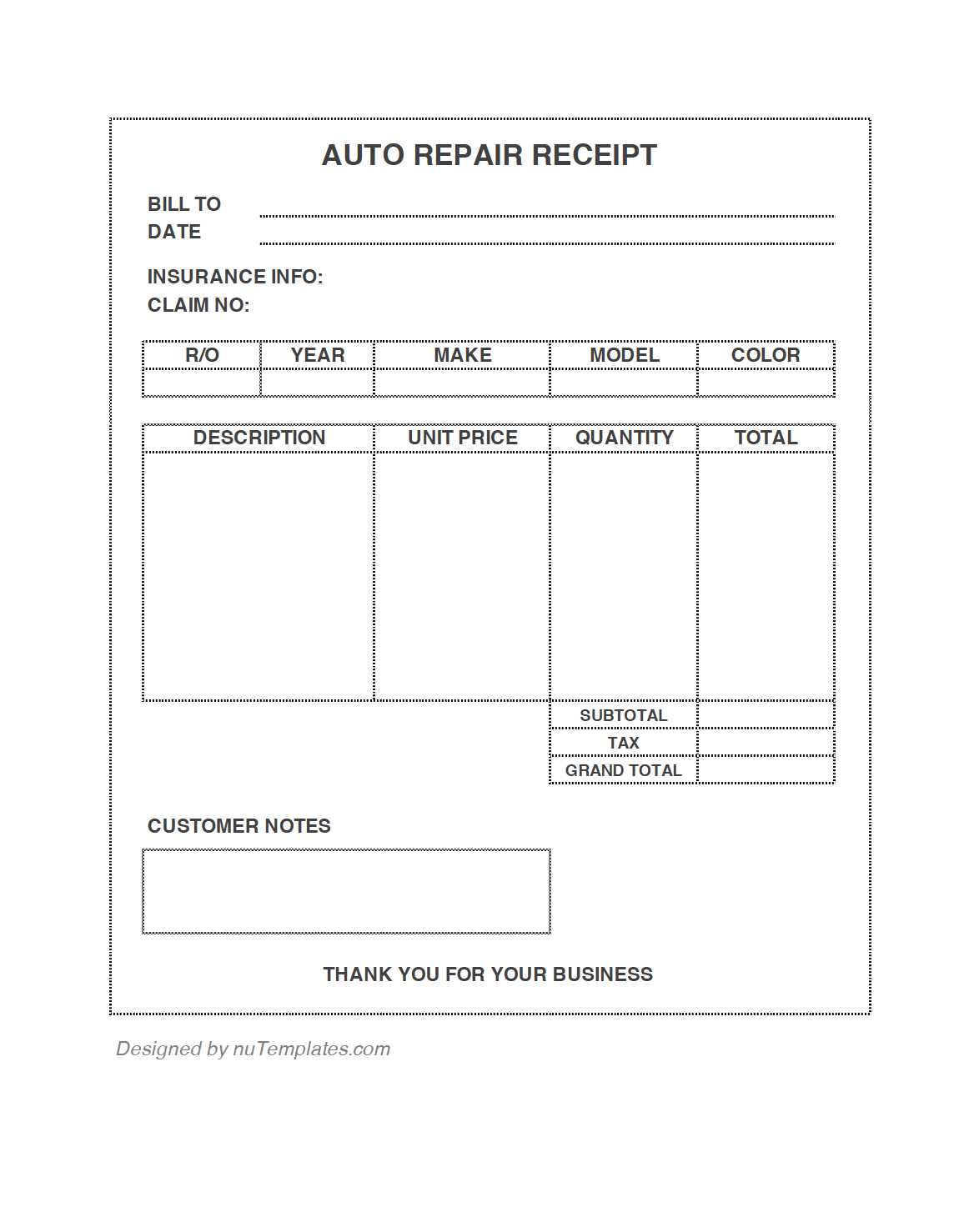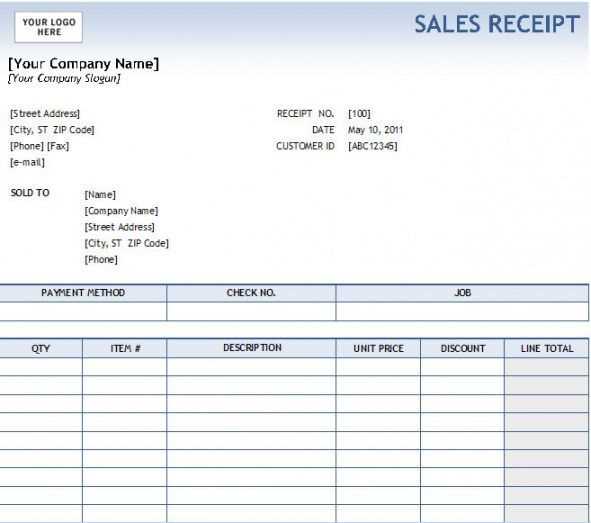
Why You Need a Sales Receipt for Car Transactions
A properly formatted sales receipt protects both the buyer and the seller by providing proof of purchase. It details transaction specifics, ensuring legal clarity and preventing disputes. Whether selling a personal vehicle or managing dealership transactions, using a structured template simplifies record-keeping and tax reporting.
Key Elements of an Automotive Sales Receipt
1. Buyer and Seller Information
Include full names, addresses, and contact details for both parties. This ensures accountability and provides a clear reference for any follow-up communication.
2. Vehicle Details

- Make, model, and year
- Vehicle Identification Number (VIN)
- Odometer reading
- License plate number (if applicable)
3. Transaction Details
- Sale price
- Payment method (cash, check, wire transfer, etc.)
- Date of sale
4. Warranty and Condition Statement
Specify whether the vehicle is sold “as-is” or with a warranty. If a warranty is provided, outline the coverage details.
5. Signatures

Both buyer and seller must sign the receipt to confirm agreement. This final step validates the transaction.
Free Printable Automotive Sales Receipt Template

For convenience, use a pre-designed template that includes all required fields. Customize it based on state regulations and specific needs. Download a ready-to-use template, fill in the details, and print a copy for each party involved.
Automotive Sales Receipt Template
Key Elements to Include in a Vehicle Sales Receipt
How to Structure a Printable and Digital Document
Customizing a Receipt for Private and Dealership Transactions
Legal Considerations When Drafting an Automotive Sale Record
Using a Template for Tax and Record-Keeping Purposes
Where to Download and Modify a Car Sales Receipt Template

Key Elements to Include in a Vehicle Sales Receipt
A well-structured sales receipt protects both buyer and seller. Always include:
- Vehicle details: Make, model, year, VIN, mileage.
- Transaction specifics: Sale price, payment method, date of sale.
- Buyer and seller information: Full names, addresses, contact details.
- Conditions of sale: “As-is” clause, warranty terms (if applicable).
- Signatures: Both parties must sign to confirm the agreement.
Customizing a Receipt for Private and Dealership Transactions
For private sales, keep the document simple but legally sound. A dealership receipt should include additional details like:
- Dealer license number: Ensures legitimacy.
- Tax details: Sales tax breakdown if applicable.
- Financing information: If the sale involves a loan or lease.
Whether handling a personal sale or a dealership transaction, using a template simplifies the process while maintaining accuracy.


